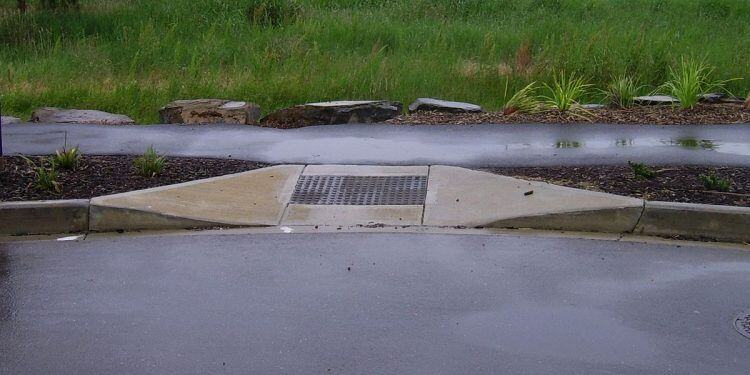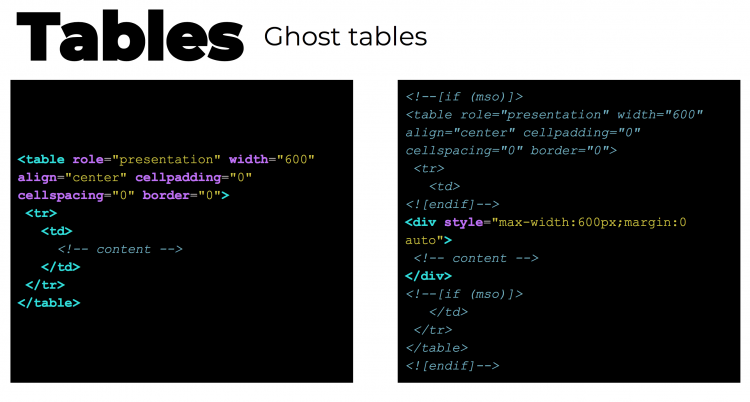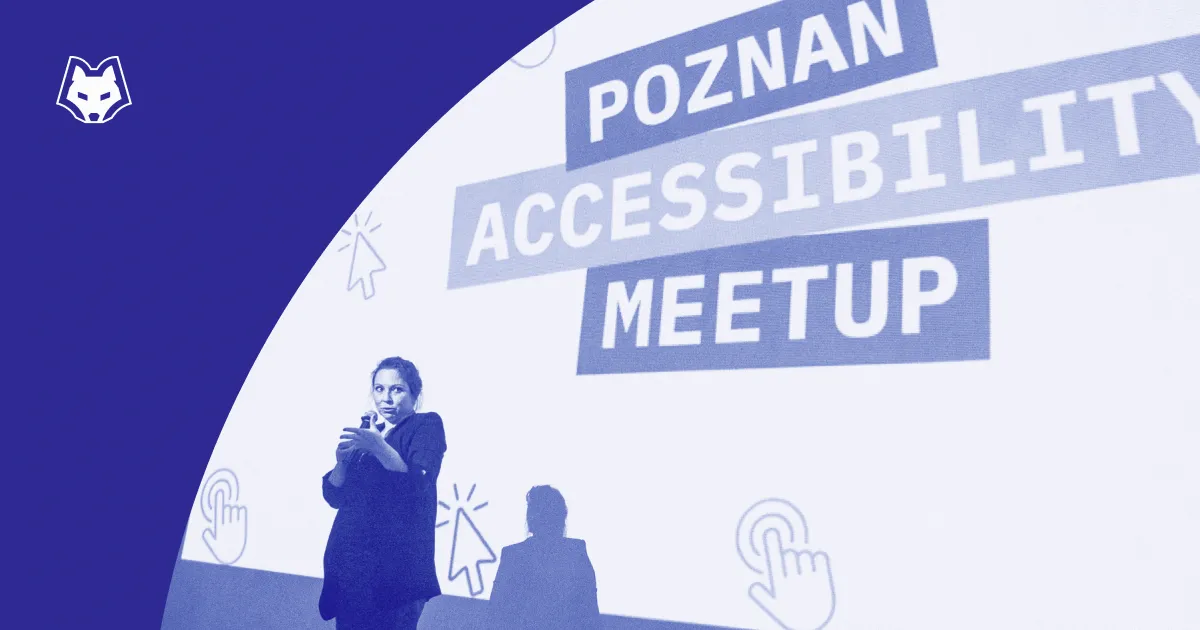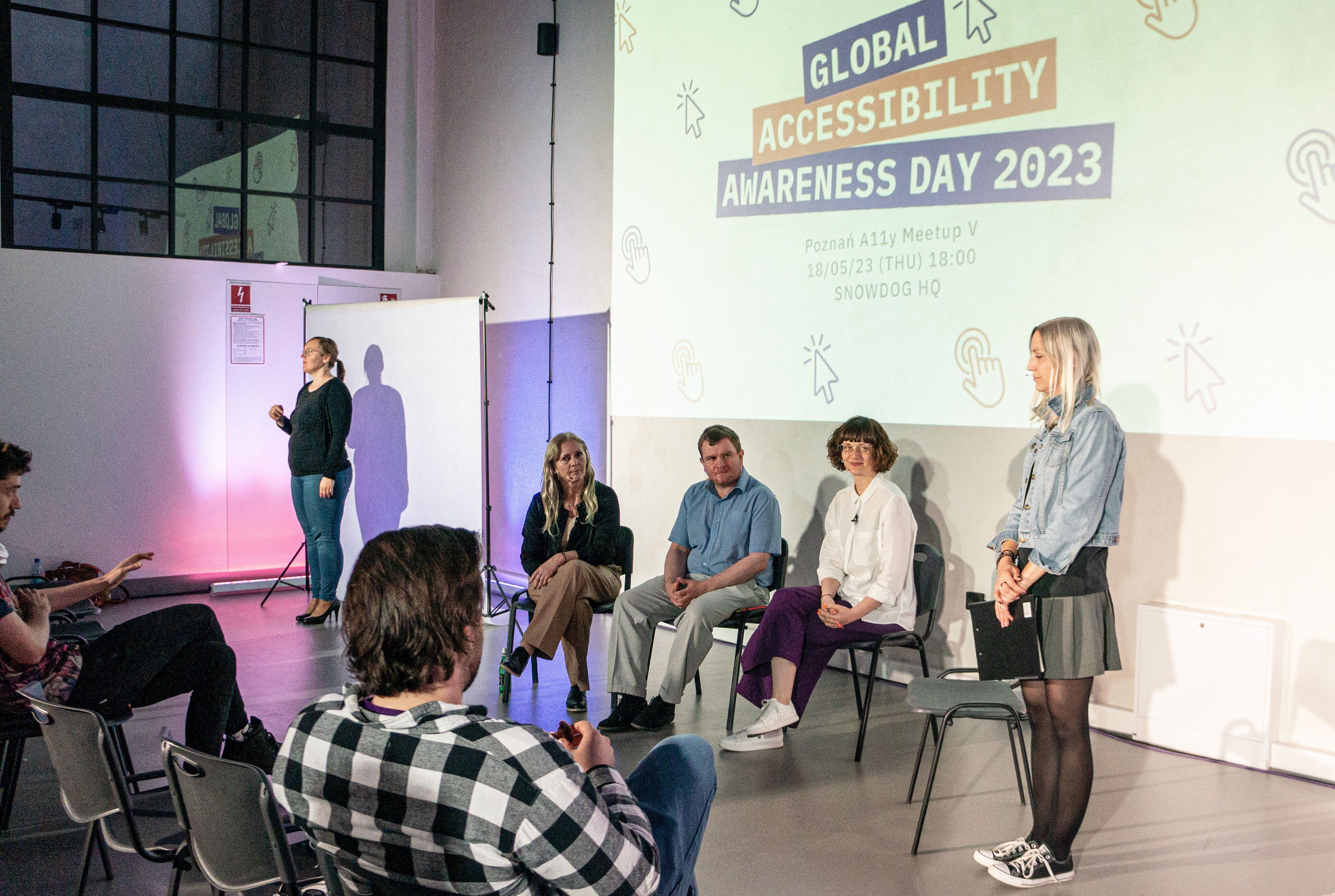For ten years now, Funka, a company based in Stockholm leading the field of accessibility has organized the Funka Accessibility Days – the largest conference on web accessibility in northern Europe. I had the great pleasure of participating in this event as a member of the Meet Magento a11y group; it was an amazing experience and I learned so much that I wanted to share some of my experiences and thoughts on accessibility.
What is a11y about?
Web accessibility makes digital content accessible to all users, regardless of disabilities or special requirements. This means taking into account any limitations users might have; visual or motor impairment, temporary disabilities such as a broken arm, or a general limitation such as being a parent needing to use a computer keyboard while holding a baby in one arm. It’s like a curb cut; designed for people in wheelchairs, but useful for all – people with difficulties walking, cyclists, skaters and people pushing strollers. It’s a simple concept with a big impact. “a11y” is a numeronym for “accessibility”, the first and last letter remains, and between them is the count of letters removed — 11.

A curb cut or curb ramp, which allows wheelchairs, strollers and other wheeled items to easily access paths.
If you want to learn more about a11y, I recommend these two free and short ebooks published by Philip Jackson from Something Digital: SD Accessibility Ebook Part 1 and SD Accessibility Ebook Part 2. They are succinct and well-written materials about what a11y is and why we should care about it.
Let’s go back to Funka.
(All presentation slides and graphic recordings referred to here are available to view on the Funka website.)
Funka started as a non-profit initiative among all the disability organizations in Sweden. It became a private company in 2000, working to implement accessibility across digital interfaces. Funka is based on testing, experience and methodology. Funka Accessibility Days is a great opportunity to meet Funka’s experts and a lot of interesting people who work with web accessibility and focus on its implementation in their daily work.
The conference’s main track concerned the implementation of accessibility features in different projects and issues surrounding this – social aspects, EU policy, new EU Directives, a11y certifications etc. There were two other tracks: one concerning a11y in design, and a more technical track focused on programming implementation of WCAG and its new rules (version 2.1), which I’ll discuss soon in a second post.
Accessibility in EU policy and European law
Paul Timmers, Strategic Adviser on innovation and digital transformation and former Director at the European Commission, provided some interesting information about their work on digital accessibility in European Commission and the future goals and challenges of rapid digital transformation. In the European Commission there are two directives focused directly on digital accessibility:
- Web Accessibility Directive (2016)
- European Accessibility Act (negotiated)
A very interesting section is the EU Research & Innovations (R&I) policy, which focuses on adaptation of ICT interfaces and infrastructure to personalized user’s needs and preferences. They work on:
- Assistive technologies for tactile, spatial and hearing impairments, the Brain-Computer Interface, and technologies for cognitive disabilities
- Innovative initiatives to help people with disabilities in daily life, e.g. HackaDay and eitHealth
- The Horizon 2020 plan for Health, Demographic Changes, Wellbeing and reducing inequalities and social exclusion.
When will the directive become law?
The directive will be put in laws and regulation on 23th of September 2018, and new websites (created after 23.09.2018) have one year to become fully accessible (23.09.2019) and the old ones (created before 23.09.2018) have two years (23.09.2020). Mobile apps have almost 3 years, until 23.06.2018.
How does the directive affect non-government organizations?
We have to remember that this policy affects websites and mobile applications of public sector bodies, so it does not influence eCommerce web solutions directly. However, there is a slightly ambiguous point in the directive that it could apply to a non-governmental organization which provide services that are essential to the public or address to users with disabilities.
I think that in the eCommerce sector, companies shouldn’t be afraid of the immediate legal consequences, but rather they should be actively working on this issue during website/app development. According to the new directive, all websites and mobile apps have to meet accessibility requirements of the WCAG 2.0 standard, level AA. The policy extends to digital documents, intranet and extranet interfaces too.
Moreover, the WCAG requirements are not everything. Every website or app should also provide:
- A detailed and understandable accessibility statement where the user can find information on what is unavailable and why
- Offer options for the user to customize features of your site for their preferences
- A feedback mechanism from users
- A link to complaint handling
- All features in an available format
How to proceed?
If you’re working in the public sector, there are government services and private companies available for accessibility help. Some provide a11y training for employees for different levels of project development or work to make your product accessible as a service.
Elena Muñoz Salinero, General Secretariat of Digital Administration, presented the Web Accessibility Observatory of the Spanish Government – which monitors public websites, prepares reports and helps institutions make their services and websites accessible. As Elena said – Web Accessibility is not a problem of legislation but of education. The Observatory is not a mechanism to punish inaccessible websites; it provides information about the level of accessibility and a useful starting point to improve it. The results are evident – Only last year, in state and regional governments, more than 50% of websites analysed increased their accessibility. In the local entities, 25% of websites increased their accessibility.
Web Accessibility is not a problem of legislation but of education. – Elena Muñoz Salinero
Why we should care
Hector Minto, Senior Technology Evangelist for Accessibility at Microsoft, also pictured how the fast development of innovative technologies influences people with disabilities:
Technology is evolving at an incredible pace. (…) At the same time, more people with disabilities are engaging with technology than ever before, from every region in the world. Every new technology creates potential barriers to engagement but increasingly new technology creates opportunities for people with disabilities to access tech differently. We need to find that perfect balance between obligation and opportunity. (Hector Minto)
He presented how Microsoft responds to accessibility needs and how to implement its feature in the Microsoft system and tools. In fact, Office users can actually investigate the accessibility of their documents! Using an MS Office document allows you also to have a “skin” that renders the doc in the way you want. More information about MS Office tools can be found here.

Microsoft Word has a tool that allows you to investigate the accessibility of your document called “Check Accessibility”.
As Hector also pointed out, web accessibility is important to all of us – due to a diverse range of circumstances we can become impaired permanently, temporary or situationally; a11y is an answer to all those exclusion we face. This is an important message to remember:
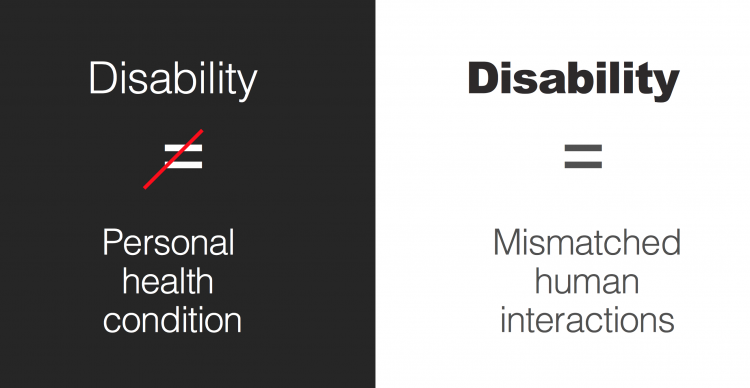
Disability is not a personal health condition, it is mismatched human interaction. Slide from the presentation of Hector Minto from Funka Accessibility Days 2018.
Hector Minto also pointed out a11y’s impact on productivity; imagine searching terms in transcription of a video or audio file, or listening to a written article instead of reading it. We can all benefit from a11y!
Accessibility in the future
There are a lot of questions surrounding accessibility in the future: how will blind people use holograms? How can we make the cloud-connected world fully inclusive? How to use AI technologies to provide text to speech and speech to text tools on every digital interface? These concerns are a complex area that deserves their own separate article, but I want to mention that there are huge potential and many teams and projects working on it, especially using AI to reduce barriers in providing digital content access for impaired users. European policy, research and innovation and all other movements in the area of accessibility are potential solutions to the social challenges we face.
Stay tuned for Part 2 of this post, where I will be discussing my thoughts on the technical track, including WCAG 2.1, code tips, mobile accessibility, web components, and other aspects of the conference. I’d love to hear your thoughts, so do leave a comment!
Here are the links from this post and some extra to check out if you’re interested:
Funka Accessibility Days – All presentations and slides
Drunk History – Judy Heumann Fights for People with Disabilities
Something Digital – Accessibility eBook Part 1
Something Digital – Accessibility eBook Part 2
The process of Designing Silver
Brain-Computer Interface – Mysteries of the Brain
Horizon 2020 EU funded Research Projects
Horizon 2020 Projects and Organizations
Pragmatic Accessibility: A How-To Guide for Teams (Google I/O ’17)

